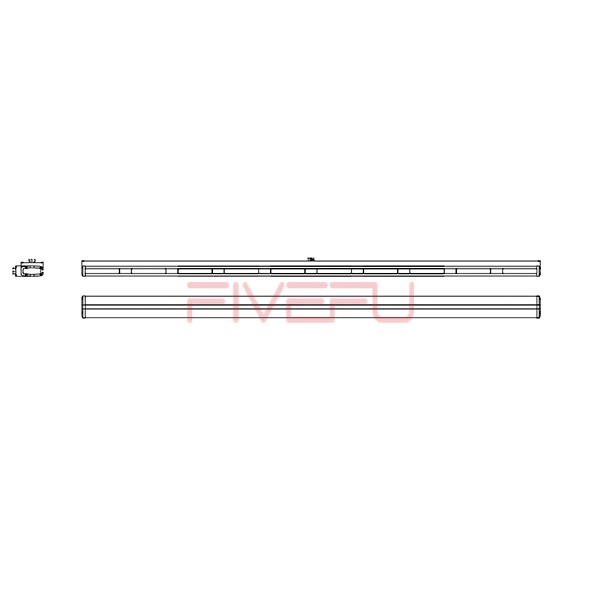In the realm of road safety, trucks play a pivotal role due to their size and weight. Ensuring the safety of both the drivers and the vehicles sharing the road with these behemoths is of paramount importance. One integral component in achieving this is the strategic application of warning lights on trucks. In this article, we shall illuminate the significance and applications of warning lights in the trucking industry.
The Essence of Warning Lights
Imagine trucks as the titans of the road, plowing through highways and byways. Their sheer size and mass make them a force to be reckoned with. However, this very attribute also poses inherent risks. Warning lights, with their flashing brilliance, serve as the metaphorical trumpet that announces the truck’s presence, guiding and cautioning others on the road.
Ensuring Visibility
The primary role of warning lights is to enhance the visibility of trucks. In adverse weather conditions such as heavy rain, fog, or snow, visibility can be severely compromised. Warning lights cut through these challenging environments like a beacon in the night. They not only make the truck itself more visible but also accentuate its dimensions, making it easier for other drivers to gauge the truck’s size and position.
Signaling Intent
Beyond visibility, warning lights convey critical information to other road users. The application of warning lights serves as a visual language, with each light having a specific meaning. For example, amber or orange lights typically signal a truck’s intention to slow down or make a turn. Red lights indicate braking, while flashing white lights are usually associated with reverse gear. This standardized system helps create a safer and more predictable driving environment.
Mitigating Accidents
The prevention of accidents is the ultimate goal. Warning lights on trucks play a pivotal role in this regard. They serve as an early warning system, allowing other drivers to react promptly to the presence and movements of the truck. This proactive approach reduces the likelihood of rear-end collisions, side-impact accidents, and other potentially catastrophic incidents.
Compliance and Regulations
In the world of commercial trucking, adherence to regulations is sacrosanct. Various governing bodies and organizations, such as the Federal Motor Carrier Safety Administration (FMCSA) in the United States, mandate the use of warning lights on trucks. Failure to comply with these regulations can result in severe penalties and even suspension of operations. Therefore, staying informed and ensuring that warning lights meet regulatory standards is not just a matter of safety but also of legal compliance.
Types of Warning Lights
Warning lights on trucks come in various forms, each serving a specific purpose. Some common types include:
Strobe Lights: These high-intensity lights are ideal for grabbing attention, especially in low-visibility conditions.
LED Lights: Known for their energy efficiency and longevity, LED warning lights are becoming increasingly popular in the trucking industry.
Flashing Beacons: These rotating or oscillating lights are often used on oversized loads or vehicles that require special attention.










